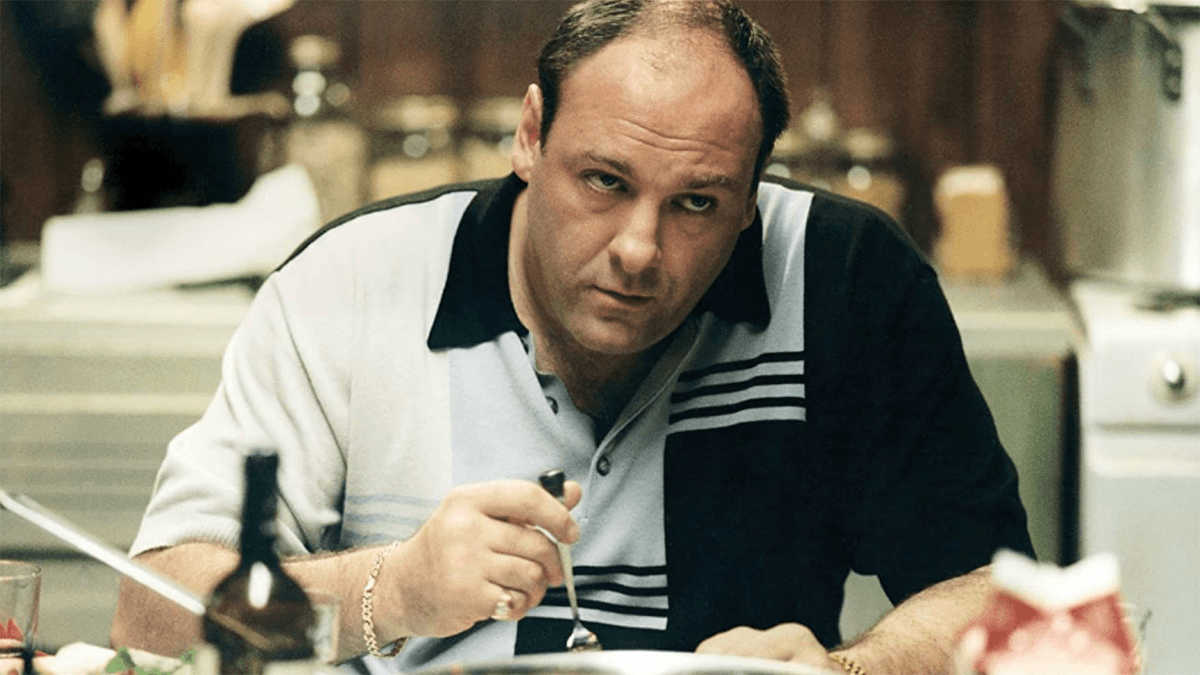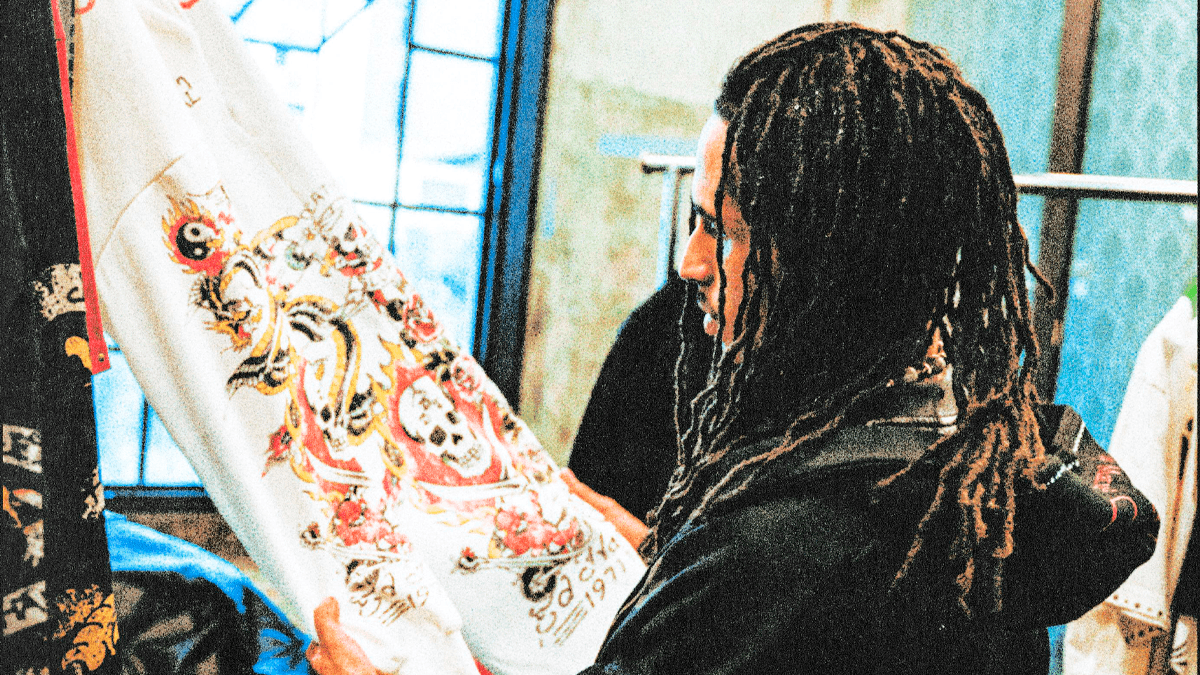Between Art and Identity: Sttefone and the impact of braids
As a hairstylist and artisan, Steffone transforms her ancestry into art. Since she was little, she was inspired by her mother, who divided her time between household work, the art of braiding hair, and crafting. And it was through the strands that she began to recognize herself and understand the power of her own image.

Regarding her creative process, everything starts on paper, where all sketches and drafts take shape before becoming hairstyles full of identity. Her inspirations come from many places – nature, fashion hunted in thrift stores, and especially the stories of those who pass through her hands.
We spoke with Steffone about her references, the impact of hair on identity building, and the importance of ancestry in her work. Check it out below:
Could you share a bit about your childhood? Where did you grow up, some moments, and how did the desire to become a hairstylist arise?
Born in Lavras in 1997, in the interior of Minas Gerais, I had a very creative and multidisciplinary childhood. I was involved with the arts from a young age, as I was always inspired by my mother who, amidst her domestic routine, also alternated between braider and artisan as a way to provide extra income for our family. Thus, among crochet pieces, necklaces, rugs, and clothes, I grew up immersed in a culture of customization, applying this to my dolls or myself. During my adolescence, I continued to focus on expanding my artistic repertoire, participated in painting and ballet classes, but also was a member of the choir group in my town from ages 11 to 16, where besides singing, I developed skills to play some instruments, like the flute and viola.
This artistic spirit of being "different" always propelled me, and the reflection of this was expressed in my hair and my looks – I must say that thrift stores shaped my understanding of the possibilities within fashion. So this search for references for dressing, or techniques for braiding, became a common practice to do with my mother. In this way, I could understand, alongside her, my entire artistic potential and develop my skills in braids and aesthetic creations.

For a long time I nurtured my dream of working in fashion, but real life doesn’t always encourage us to keep dreaming, so I started my career studying Physics and Materials Engineering at the Federal University of Lavras. But I didn't feel satisfied, so I learned to trust and persist in my dreams, which led me to the Arts and Design course at the Federal University of Juiz de Fora. This whole search for my artistic development, for my professional growth, and for improving my quality of life and my family's brought me determination to reach São Paulo and develop my work.
How do you describe your creative process in executing a new hairstyle?
My process starts with many papers, filled with drawings, writings, and notes, thus I can visualize various possibilities, understand the steps, and develop increasingly creative proposals. The sketches are essential for turning ideas into reality. Furthermore, the process becomes more dynamic and personal, enabling clients to see diverse ways for a hairstyle, allowing for some preliminary adjustments when necessary, and ensuring an impressive and powerful result for all who trust in my work.
How do you choose the styles and techniques to apply to each client?
I am concerned with respecting and understanding each person's style, as well as the face shape, hair type, intended use, and the impression of the result that the client wishes to achieve. This ends up making each process unique, and each creation is influenced by the tastes and particularities of everyone who has this experience with me.

Is there anything you consider before creating a specific look?
I consider the purpose of the work it will be intended for, whether it’s for a music video, a photo shoot, a magazine, advertising, or for personal use. I try to understand what their routine will be like, if there will be a lot of movement, details like weight and size are also crucial at this moment, and all of this can influence what each hairstyle can convey.
We know you like to share your tutorials and processes on social media. What do you hope your followers learn from this content?
I wouldn’t say I make tutorials to necessarily “teach” something; I see this more as a way to bring the audience closer to my processes and results. I believe that sharing this can also spark curiosity and interest in others, thus expanding the exchange about aesthetics, self-esteem, creations, and experiences on this hairstylist journey.

What were the biggest challenges you faced in establishing yourself in the beauty niche?
I faced various challenges throughout my career, but this taught me to deal with the competitiveness of the market, delayed payments, tight deadlines, and the lack of appreciation for the processes and stages of my work. Fashion and beauty professionals live in a constant "figure it out yourself" situation; that’s the truth. Furthermore, it’s necessary to face an extremely racist market, which often tries to limit my work to racial issues.

Your creations help express and affirm the identities of your clients. How do you see the connection between hair and personal identity?
From the moment your hair dictates how people see you, you understand the importance and need to have a good relationship with your hair. To not give in to external pressure, a great daily exercise of self-awareness is necessary, especially for people with curly hair. The result of this process is the assurance of your image, which brings the confidence to explore your aesthetic. This practice, combined with the historical and personal context of each individual, is a powerful method to define your identity and understand how you would like to present yourself to the world.
What are your main cultural influences when creating your braids?
Besides all the ancestry, I also seek references in the shapes of nature, such as flowers, branches, plants, etc. I look to study how the natural shapes of elements can serve as inspiration for executing a hairstyle. But it’s a fact that most of the time my influences have little to do with hair.

The Afro-Brazilian heritage is reflected in most of your work. How has your journey influenced the way you connect with the hairstylist profession?
Having always accompanied my mother in braiding, I was immersed in this universe from a very young age. I began to have racial awareness and recognize myself as a Black woman through hair. When I started braiding my own hair, initially with my mother's help, I always say that hair was a crucial starting point in my life in various areas and certainly for my career and personal growth.
How do you deal with the fact that your creations are not just work - but a way to reflect the history and culture of many women?
Each client I attend, each job I do, always leaves me with a warm heart knowing that I participated in the framing of someone's face. I am convinced that something changes in these people's lives because whether it’s braided hair, with dreadlocks, or structures, it makes my clients see themselves differently, and most of the time I receive incredible feedback reporting that they felt stronger and unbeatable through the power that those hairstyles bring; this is definitely priceless and rewards all the effort I put into my creations.

What are your future plans in your career? Are there any ongoing projects or future intentions you would like to share?
I am always on the move, whether venturing into new plans, discovering new projects, or perfecting some knowledge. I tend to keep various plans and dreams for the future to myself; I prefer to present concrete things that are already happening. But I can say that for those who have always wanted to learn from me, the moment to spread my knowledge is coming. I believe that this exchange will enhance our techniques, our aesthetics, and our stories.
If you could give one piece of advice to someone, what would you say?
The advice I leave is for those who are afraid to execute their own ideas. Don’t let the anxiety of others’ judgments prevent you from producing. Sometimes we worry too much about how we will be pointed out, is my idea ugly? Will people think I’m crazy? My advice is: Go for it! Our best ideas can come from strangeness and insanity, so don't be afraid to dive in, as we only have this life to experiment.
See others like this





